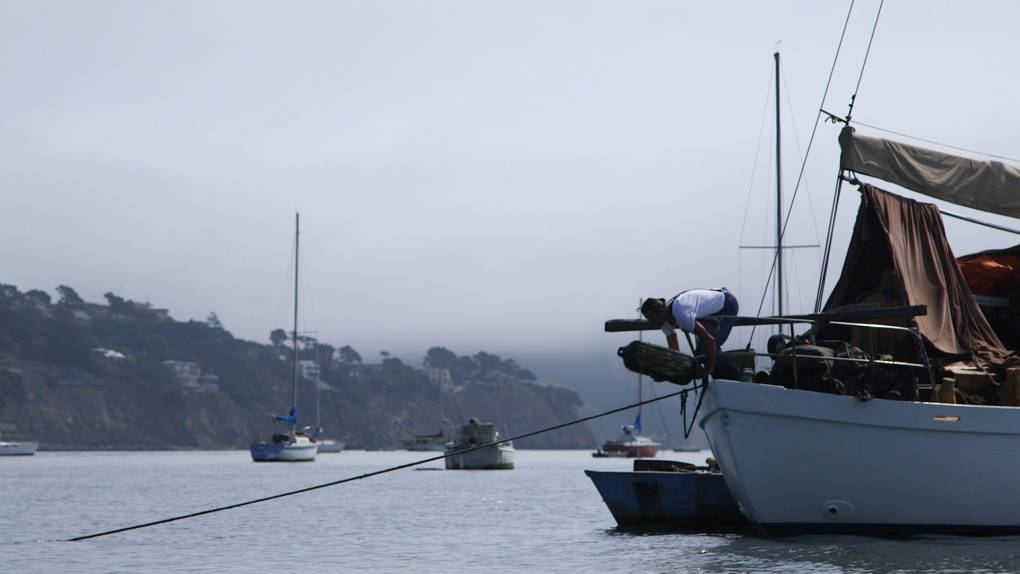In Sausalito, multiple communities coexist. There are the people who live in homes scattered across the rolling hillside, and another floating population of mariners anchored indefinitely in Richardson Bay. The “anchor-out” community, as the latter is called, live predominantly rent-free, escaping the high prices of Bay Area housing for a more calm and autonomous lifestyle.
Randy Bonney, a 67-year-old anchor-out, has lived on the water for the past several years. As a former Sausalito business owner for three decades, Bonney took up a nautical life after retiring, which has allowed him to remain in the Bay Area on a fixed income.
“A number of people have chosen to become anchor-outs or have been forced to become anchor-outs,” Bonney says. “It’s not easy, but I am very content having my own space. I am one of those salty dogs, I guess.”
There are roughly 200 vessels — from cluttered, deteriorating sailboats to pristine cruisers — anchored off the Sausalito waterfront. Some of them serve as homes for the area’s homeless. According to the 2015 biennial Marin County homeless count, 14 percent of the county’s homeless population lives on boats.
